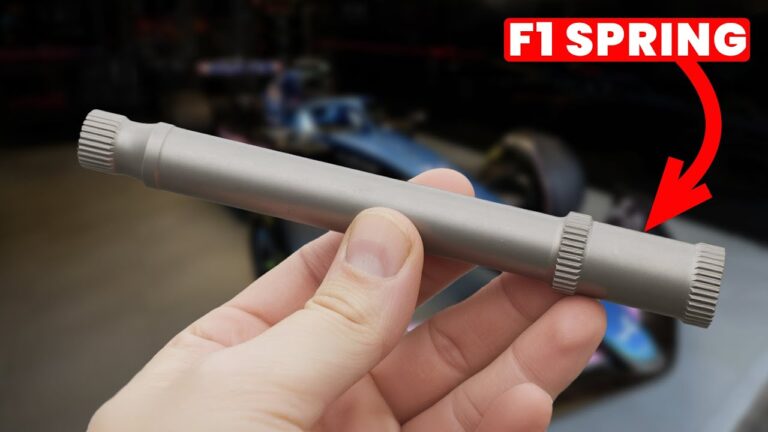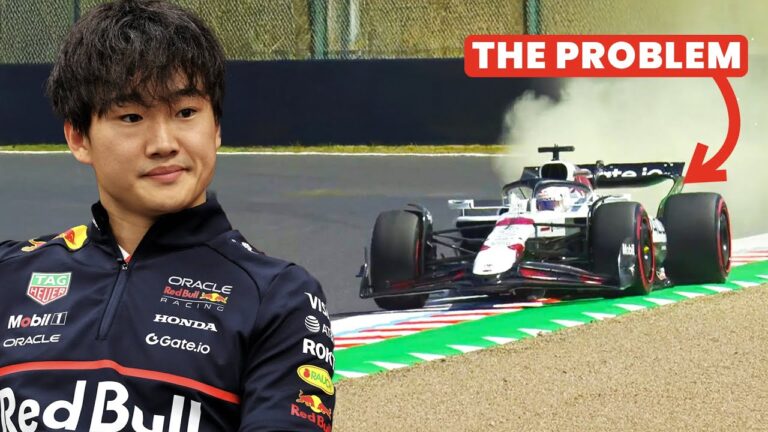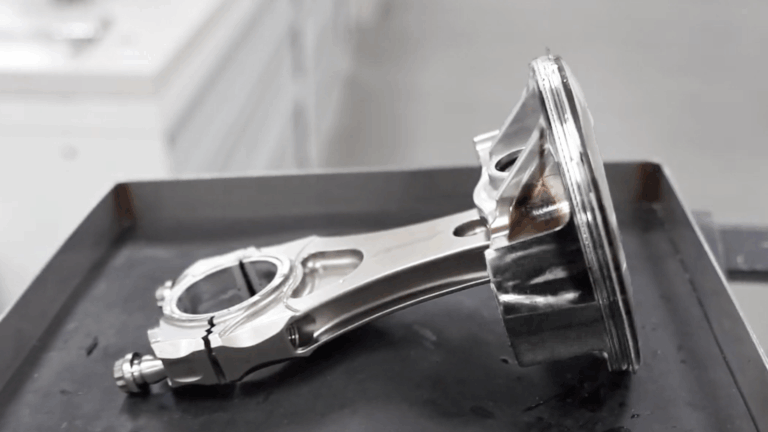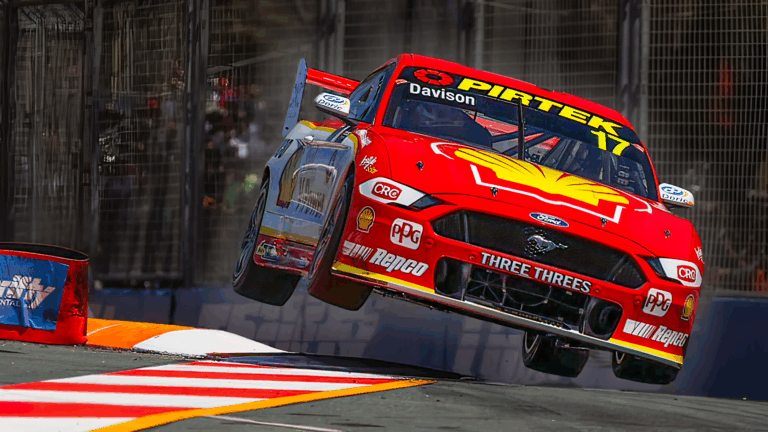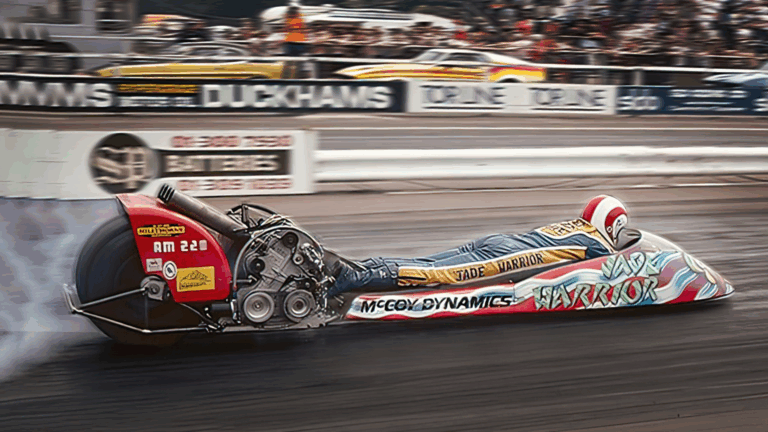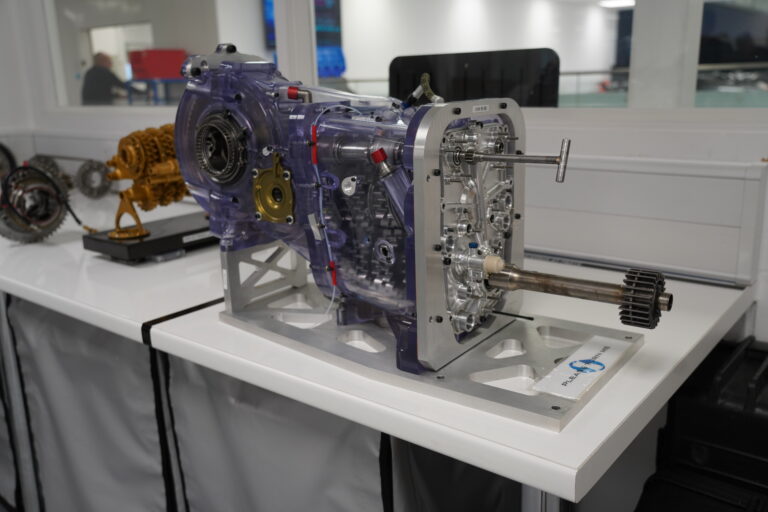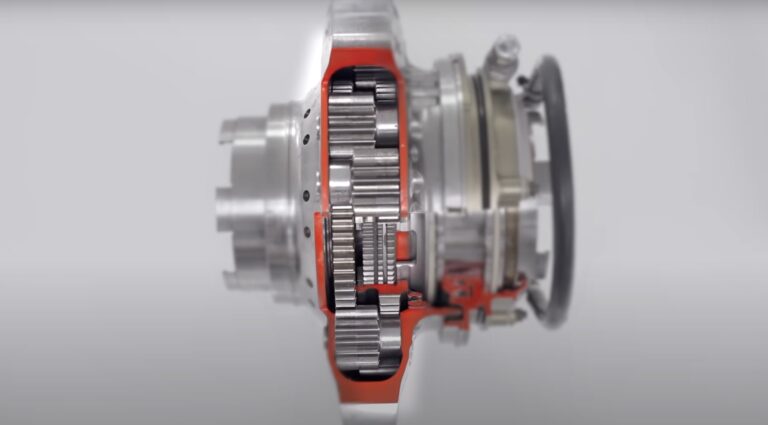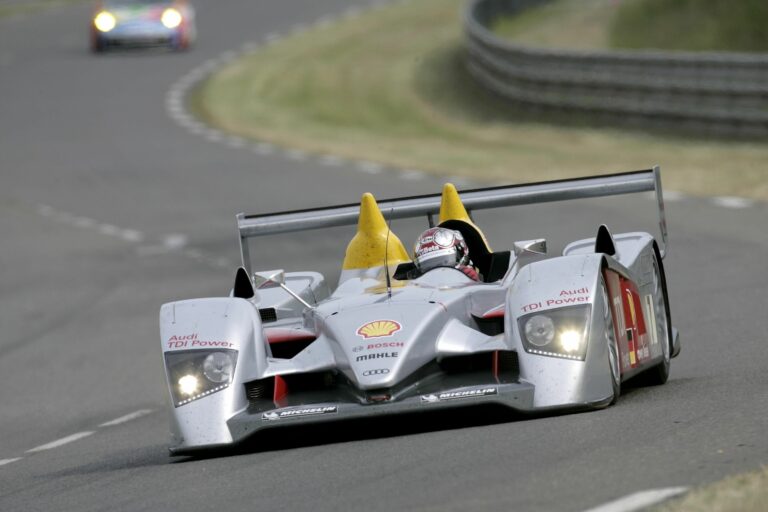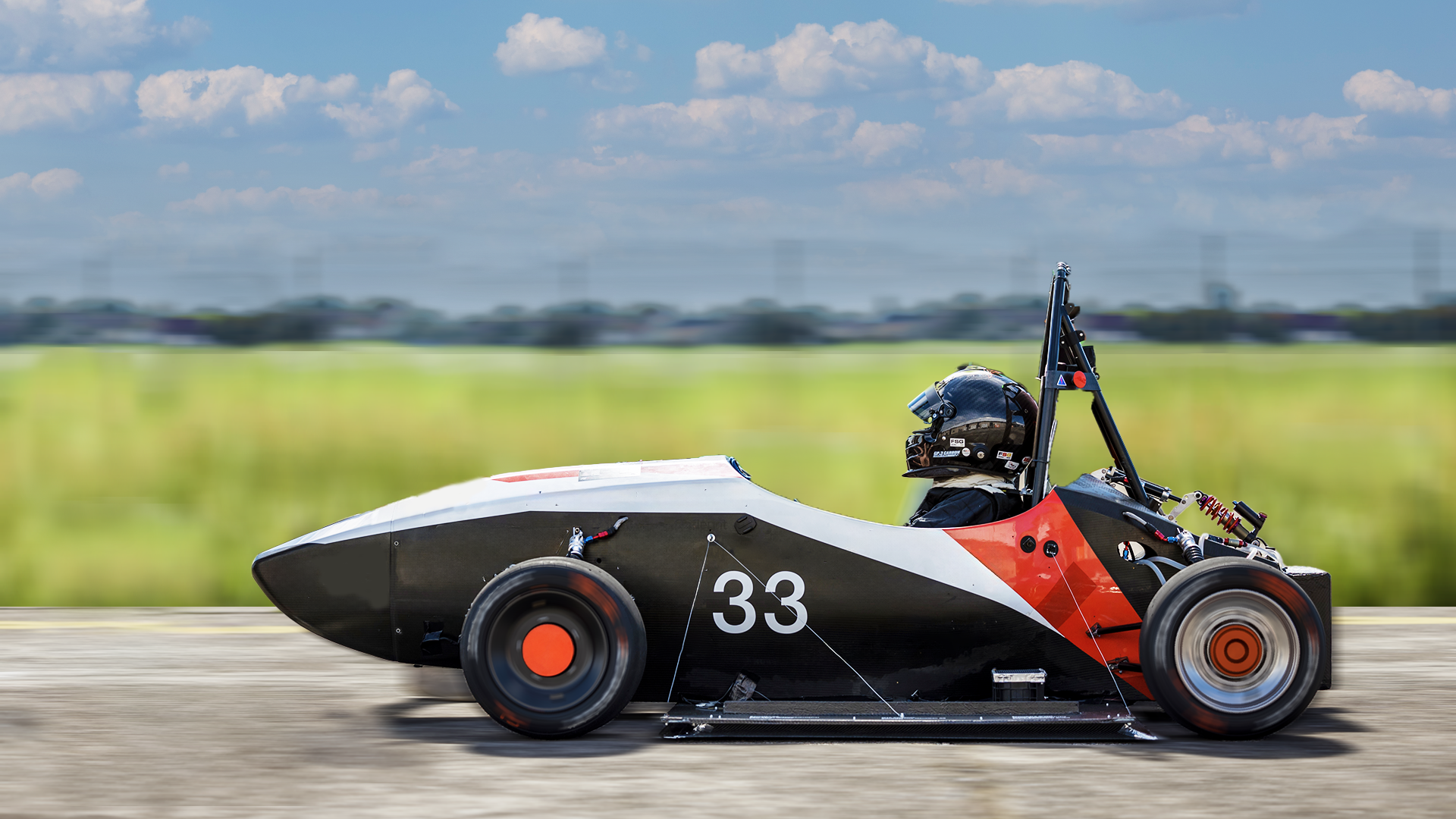
From breaking land speed records to racing drag strips, humanity has spent over a century pushing the boundaries of vehicle acceleration. But how fast could a car theoretically go? Could we push acceleration to levels beyond what even the fastest cars have achieved?
The fastest recorded acceleration to date comes from the drag racing world. Sandy Miller, in his “Vanishing Point” dragster, unofficially reached 402 mph in 3.22 seconds over a quarter mile – a feat that challenges even the wildest expectations for speed. However, this record-breaking sprint raises an intriguing question: where do we go from here? To answer this, let’s examine the key factors driving acceleration: mass, power, and traction.

Mass: The Lighter, The Faster
Mass is one of the simplest elements to control for acceleration. Imagine pushing a shopping cart versus a car – lighter objects accelerate more easily. In motorsport, this principle drives the design of Formula 1 and drag racing vehicles, which are engineered to be as lightweight as possible. The average F1 car, for instance, weighs around 800 kg today, while dragsters can get even lower, though weight requirements often come with safety standards. In theory, replacing traditional materials with ultralight ones like carbon fiber could cut vehicle weight significantly, but the trade-off in cost and safety requirements remains a challenge.
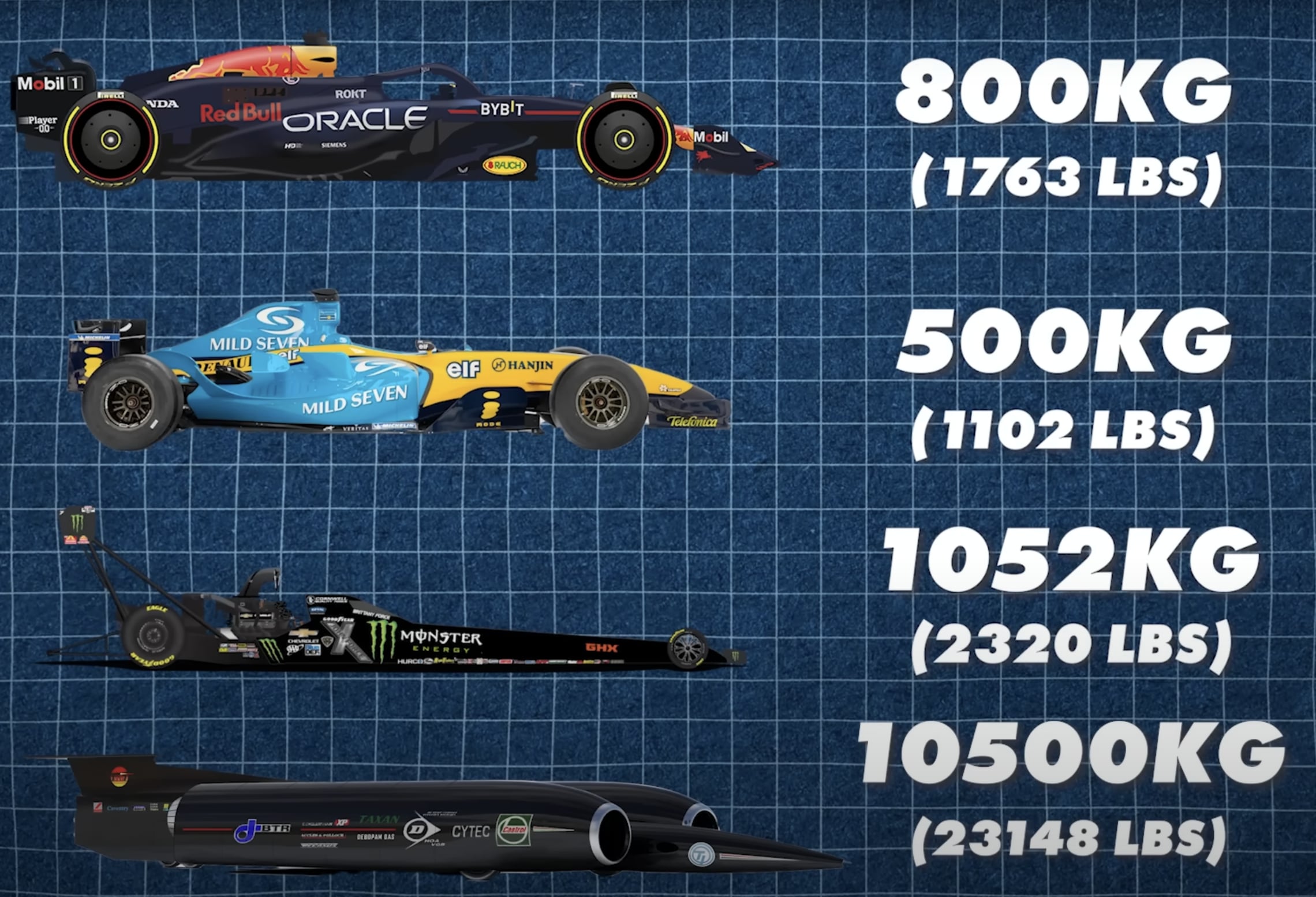
Power: A Battle of Horsepower
Power is the core of any car’s acceleration. The more horsepower an engine can deliver to the wheels, the faster it can propel the car forward. Formula 1 cars, for example, boast around 1,000 horsepower, while dragsters push this to a staggering 11,000 horsepower. If horsepower levels were hypothetically doubled – possibly with more powerful fuel like hydrazine or additional hybrid technology – acceleration times could drop even further. But as thrilling as this sounds, the sheer strain of doubling power might leave engines vulnerable to breakdowns.
Traction: The Key to Efficient Power Transfer
While horsepower and low mass are crucial, traction is the unsung hero in the race to accelerate faster. Traction allows tires to transfer power to the track, and motorsport engineers go to great lengths to improve it. For example, drag strips prepare the surface meticulously, adding rubber compounds and traction-enhancing glue for extra grip. Tires play a critical role too. Top Fuel dragster tires, for instance, are soft and sticky, maximizing grip but wearing out after only a few runs. Additionally, teams have experimented with fans to enhance downforce, effectively “sucking” the car closer to the track for more stability at high speeds.
In an engineering feat by a student team, a car reached 0-60 mph in 0.9 seconds using four-wheel drive, fan-assisted downforce, and an electric motor on each wheel. This innovative setup demonstrated that alternative methods, like using fans and electric motors, could provide the edge needed for extreme acceleration while distributing weight evenly across the wheels for better traction.
Theoretical Acceleration Limits
Based on various formulas developed over the decades, engineers estimate that a theoretical dragster with double the power and halved weight might complete a quarter mile in an unprecedented 2.7 seconds. This time smashes previous records but relies on perfect conditions, exotic materials, and flawless engine resilience.
While such theoretical speeds are unlikely to become practical, exploring the limits of car acceleration remains a fascinating engineering puzzle. Understanding and improving traction, reducing weight, and increasing power might not make a 2.7-second quarter mile a reality, but these innovations continue to push boundaries in motorsport and beyond.
As we look to the future, the potential for faster cars raises questions about engineering, physics, and the balance between power and safety. Whether the next record-breaking car will come from a Formula 1 team, a drag racing engineer, or a group of students with a revolutionary design, the quest for speed remains alive.





